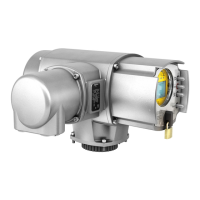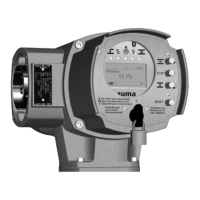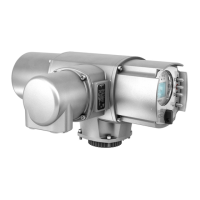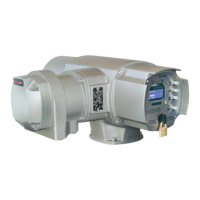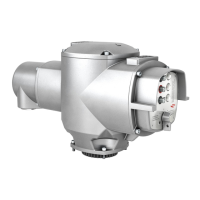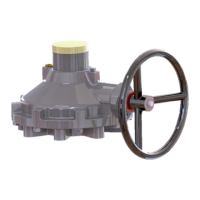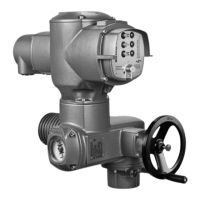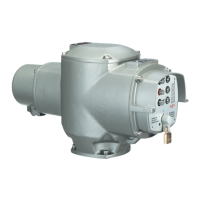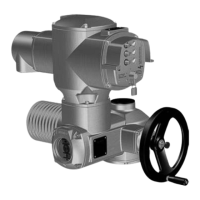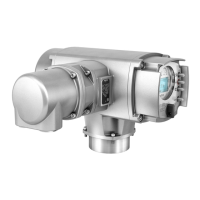
Do you have a question about the AUMA ACVExC 01.2 Series and is the answer not in the manual?
| Type of Protection | Ex d |
|---|---|
| Voltage | 24V DC, 110-230V AC |
| Control functions | Open-close, Modulating |
| Communication | Modbus, Profibus, Foundation Fieldbus |
| Housing material | Aluminum |
| Protection class | IP67 |
Covers standards, directives, and qualifications for safe operation and compliance.
Defines the intended use and limitations of AUMA actuator controls.
Configuring actuator shut-off at end positions via limit or torque switching.
Setting overload protection and tripping torques for actuator end positions.
Configuring actuator speed for local and remote operation modes.
Setting and configuring up to 8 intermediate positions for actuator travel.
Prevents restart for a defined interval after motor switch-off.
Defines actuator response to signal loss in remote operation modes.
Configures actuator response to an EMERGENCY signal for safe operation.
Monitors torque to prevent overload and detect warnings.
Monitors motor temperature to prevent overheating and ensure safety.
Monitors permissible motor starts and running time per hour.
Enables or disables specific application functions via menu.
Optional function enabling/disabling based on user level and settings.
Allows changing the motor rotation direction for actuators with 3-phase AC motors.
Generates new factory settings or restores former settings.
Provides order data, device designation, versions, and identification.
Checks the status of the Bluetooth connection for diagnostics.
Checks configuration and state of input/output signals and interface status.
Collects and analyzes operational data like running time, starts, and faults.
Records and exports system events, status signals, and operational data.
Displays torque-travel, position-time, and temperature-time characteristics.
Instructions for exchanging primary fuses in actuator controls.
Interpreting and responding to fault and warning messages on the display.
Maps digital output signals to their descriptions and functions.
Maps digital input signals to their descriptions and functions.
